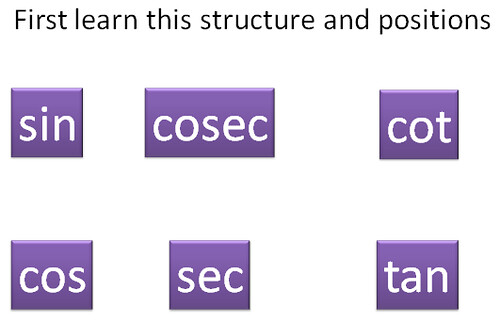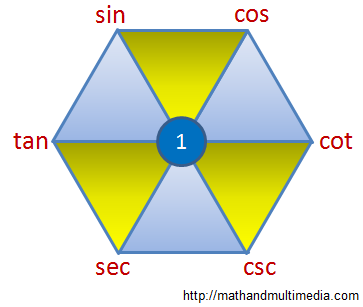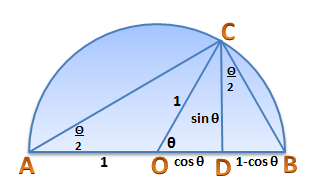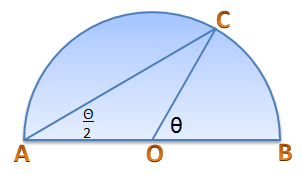An Easy Way To Learn The Basic Trigonometric Identities
First learn the structure. Learn the positions of the six trigonometry functions. First comes the function, underneath it comes the
function.
Then in the next column comes the function, underneath it comes the
function. And in the last column comes the
function and underneath it comes the
function. Learning this position is important and just one time. The six trig functions are specially placed in the above given places, so as to serve our need. » Read more



